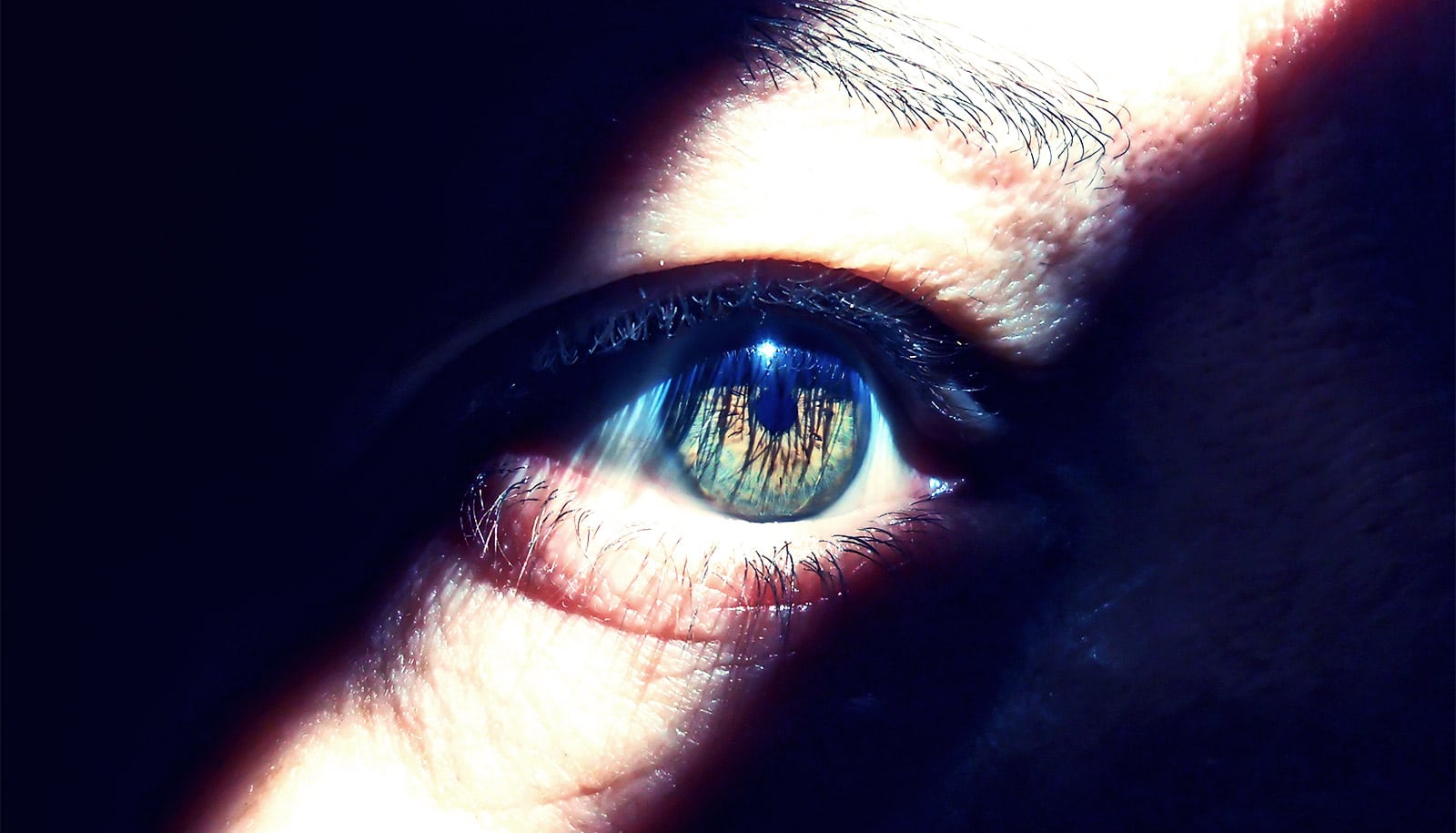New research sheds light on how the damage in the brain that strokes cause can lead to permanent vision impairment.
The findings could provide researchers with a blueprint to better identify which areas of vision are recoverable, facilitating the development of more effective interventions to encourage vision recovery. Each year, approximately 265,000 Americans have a stroke that causes visual impairment.
“The integration of a number of cortical regions of the brain is necessary in order for visual information to be translated into a coherent visual representation of the world,” says study coauthor Bogachan Sahin, an assistant professor in the neurology department at the University of Rochester Medical Center.
“And while the stroke may have disrupted the transmission of information from the visual center of the brain to higher order areas, these findings suggest that when the primary visual processing center of the brain remains intact and active, clinical approaches that harness the brain’s plasticity could lead to vision recovery.”
Antidepressant for restored vision?
The research has formed the basis of a new clinical trial for stroke patients with vision loss that is now underway. The study involves a class of drugs called selective serotonin reuptake inhibitors, the most common of which is the antidepressant Prozac, which enhance neuroplasticity—the brain’s ability to rewire itself and form new connections to restore function after damage.
The hypothesis is that the drug will help restore vision by fostering the development of new connections between areas of the brain necessary for interpreting signals from the healthy eye cells.
When a stroke occurs in the primary visual cortex, the neurons responsible for processing vision can be damaged. Depending upon the extent of the damage, this can result in blind areas in the field of vision. While some patients spontaneously recover vision over time, the loss is permanent for most.
The progressive atrophy of cells in the eyes, called retinal ganglion cells, is a long-known consequence of damage to neurons in this area of the brain. When this occurs, it becomes more likely that the person will not recover vision at that location.
Broken connections
The new research sought to understand the mechanisms of vision loss after stroke and whether it was possible to identify areas in the field of vision that could recover. The study involved 15 patients treated at Strong Memorial and Rochester General Hospitals for a stroke that affected the primary visual processing area of the brain. The participants took vision tests, underwent scans in an MRI to identify areas of brain activity, and took a test that evaluated the integrity of cells in their retina.
The team found that the survival of the retinal ganglion cells depended upon whether or not the primary visual area of the brain to which they connect remained active. Eye cells connected to areas of visual cortex that were no longer active would atrophy and degenerate, leading to permanent visual impairment.
The researchers observed that some cells in the eye remained healthy, however, even though the patient could not see in the corresponding field of vision. This finding suggests that these eye cells remain connected to unscathed neurons in the visual cortex and that visual information was making its way from the eyes to the visual cortex, even though the brain was not interpreting this information in a manner that allowed sight.
Boosting recovery
The research also suggests new clinical approaches to maximize the potential for recovery by more effectively targeting blind regions in the field of vision. The new study could help refine the use of vision recovery technologies.
“These findings suggest a treatment protocol that involves a visual field test and an eye exam to identify discordance between the visual deficit and retinal ganglion cell degeneration,” says first author Colleen Schneider, an MD/PhD student at the School of Medicine and Dentistry.
“This could identify areas of vision with intact connections between the eyes and the brain and this information could be used to target visual retraining therapies to regions of the blind field of vision that are most likely to recover.”
“This study breaks new ground by describing the cascade of processes that occur after a stroke in the visual center of the brain and how this ultimately leads to changes in the retina,” says senior author Brad Mahon, an associate professor at the University of Rochester and Carnegie Mellon University.
“By more precisely understanding which connections between the eye and brain remain intact after a stroke, we can begin to explore therapies that encourage neuroplasticity with the ultimate goal of restoring more vision in more patients.”
The study appears in the journal Proceedings of the Royal Society B. Additional coauthors are from URMC and Rochester Regional Health. Funding came from the National Institute of Neurological Disorders and Stroke, the National Eye Institute, the Schmitt Program on Integrative Brain Research, and Research to Prevent Blindness.
Source: University of Rochester



